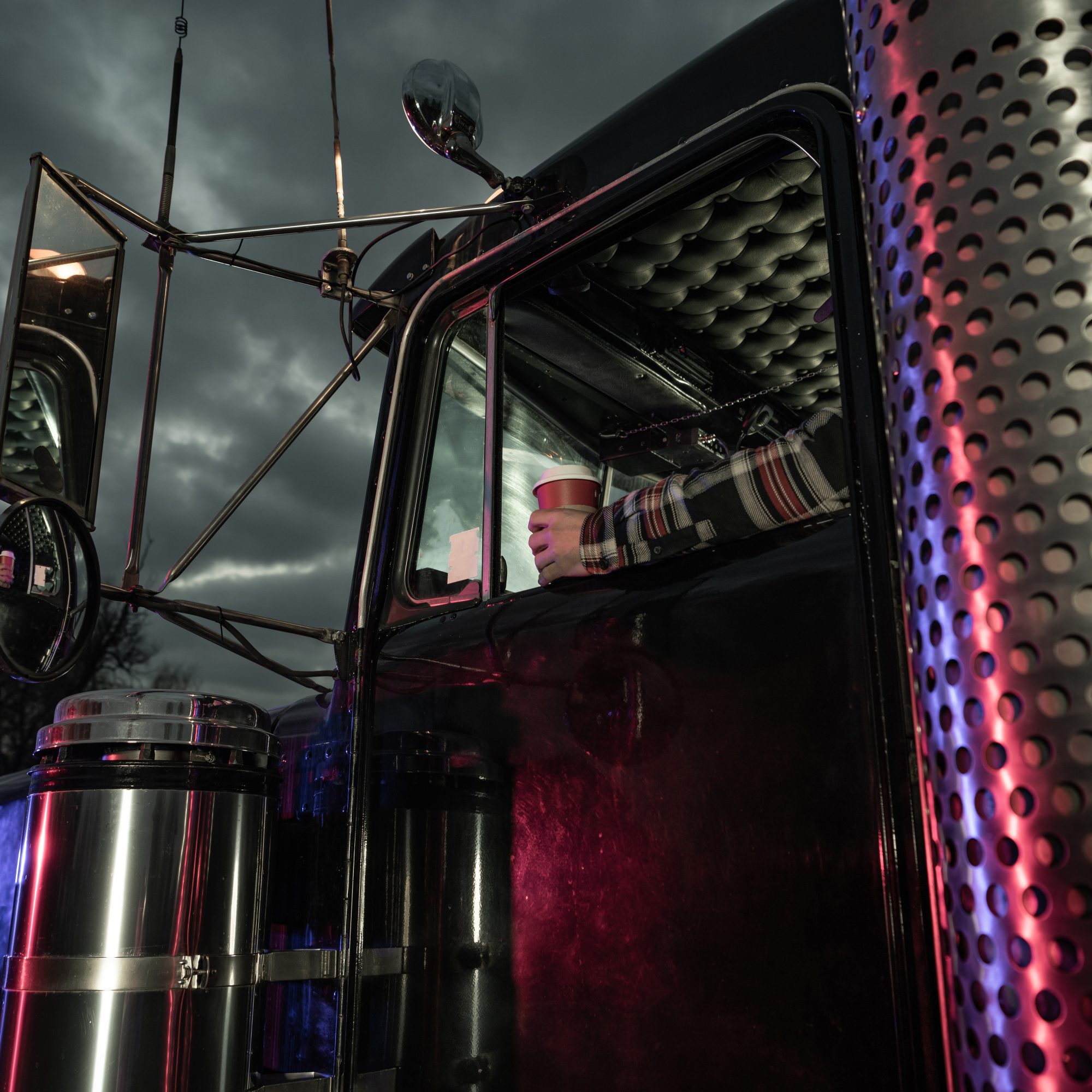Every photographer’s journey starts somewhere. For me, it was a makeshift darkroom in my parents’ garage, lit by the dim glow of a red safety lamp. Now, managing my professional studio, I’m reminded every day of the power of precise lighting. But how much do you, dear reader, know about the multitude of ways to light a studio? For instance, did you know the world of photography is illuminated by over twenty different types of studio lighting setups?
Creating a well-lit space is more than just flicking a switch. It’s a complex art form that can make or break a photograph, turning a lackluster scene into a visual feast or vice versa.
Why Proper Lighting Matters
‘Light,’ my old mentor used to tell me, ‘is the brush with which photographers paint their images.’ And no artist would fancy mixing their colors in the dark, would they? That’s why getting the right lighting here is crucial!
The right lighting determines the mood, depth, and tone of your photos, giving them life and vibrancy. Even the most intricately designed set or the exotic locale could falter if not lit appropriately.
Understanding Different Lighting Setups
There are countless forms of lighting setups used in professional photography, each with its own strengths and weaknesses. Some perfectly illuminate your subject, while others might lend a dramatic flair to your images. There are techniques that rely on hard chiaroscuro contrasts, while others aim for soft, almost ethereal diffusion. And let’s not forget about the implementation of unique pricing strategies and equipment investment for your studio.
Finding the Right Fit
As with most things, there is no one-size-fits-all approach to studio lighting. It all depends on the effect you aim to achieve. Do you want a vibrant, well-lit photo brimming with energy or a haunting image with deep, striking shadows? Your lighting setup needs to reflect that. It’s about allowing the subtle interplay of light and shadow to speak a language that complements your subject and your vision.
I recall this particularly challenging project where the client wanted a dramatic ‘film noir’ style photoshoot. The key was to combine the Double Back and the Rembrandt setups, creating this moody, deeply contrasted image evocative of an old detective movie. Sometimes, you’ve got to blend styles to achieve that perfect shot.
Playing with Angles
Another important thing to consider is the angle of your lighting. The source of your light and the angle at which it hits your subject can drastically change how your photos turn out. Think of the light source as an external actor in your photos, interacting with your subject to enhance, soften, or add depth to their features.
Remember, creativity in design extends beyond backdrops and props. Experimenting with innovative lighting setups can lead to surprising results and truly unique photographs.
Nurturing Adaptability
The thing about lighting is that it’s an ever-evolving learning process. Feel free to deviate from conventional setups and push the boundaries of what is possible. In the unpredictable world of photography, those who can adapt and innovate often end up capturing the magical shots that grace the cover of glossy magazines.
Take, for instance, the famous ‘Clamshell’ setup. The utilization of two light sources to create an illumination effect resembling a clamshell can lend a soft, ethereal quality to close-up portraits. Now imagine going a step further and creating a ‘Triple Clamshell’ setup – unexpected, unconventional, but potentially stunning.
Parting Thoughts
So, next time you find yourself fussing over the perfect backdrop, spare a thought for your studio’s unsung heroes: those well-placed lights. Embrace the challenge and explore the untapped potential of creative lighting design.
The language of light is one filled with possibilities. Speak it with courage, and let your photos tell stories that leave viewers spellbound. Do you dare to craft your own tale of light and shadows?


0 Comment